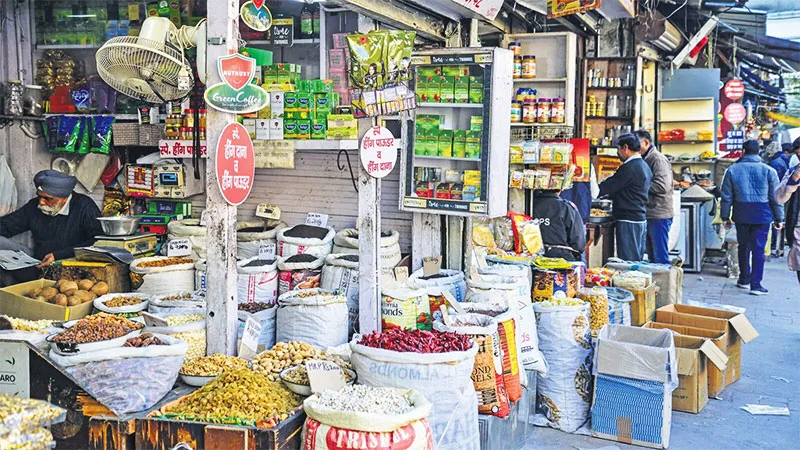Rural and Urban Market Dynamics in FMCG Industry

Urban markets in India contribute 66% of total FMCG consumption, while rural markets account for the remaining 34%. These two segments present growth opportunities, with companies that adapt their products, pricing, and marketing strategies to the distinct needs of each market well-positioned to succeed in a rapidly evolving landscape.
The dynamics of rural and urban FMCG markets differ significantly due to variations in consumer behavior, purchasing power, infrastructure, and lifestyle preferences.
Key Differences Between Rural and Urban Markets
| Feature | Urban Market | Rural Market |
|---|---|---|
| Market Maturity | Mature | Growing |
| Consumer Behaviour | Consumer Driven and Brand conscious | Price Sensitive and Value Seeking |
| Market Engagement | Modern Trade and E-Commerce | Traditional Trade Outlet and Open Air Market |
| Product Preference | Premium and Innovative | Affordable and Traditional |
| Pack Size | Larger Packs | Smaller Packs |
| Marketing Focus | Digital and Brand Building | Mass Media and Local Relevance is Key |
Urban Market Dynamics
- Higher Market Penetration and Maturity: Urban areas exhibit well-established consumption patterns.
- Convenience and Premiumization: Urban consumers prefer premium products and those that save time.
- Influence of Modern Trade: Supermarkets, hypermarkets, and e-commerce platforms dominate.
- Exposure to Global Trends: Urban consumers adopt global trends and international brands more quickly.
- Higher Brand Awareness and Loyalty: Brand reputation and consistency drive loyalty.
- Impact of Digitalization: Digital channels are pivotal for marketing, customer engagement, and sales.
Rural Market Dynamics
- Emerging Market with High Potential: Increasing incomes and aspirations drive demand.
- Focus on Value for Money: Consumers prioritize affordable and economical products.
- Dominance of Traditional Trade: Kirana stores and local distributors are key retail channels.
- Preference for Smaller Packs: Smaller, affordable pack sizes appeal to rural buyers.
- Influence of Local Tastes: Regional preferences and flavors play a significant role in making the Sale
- Rising Awareness Through Media: Television and mobile phones enhance brand outreach and awareness

